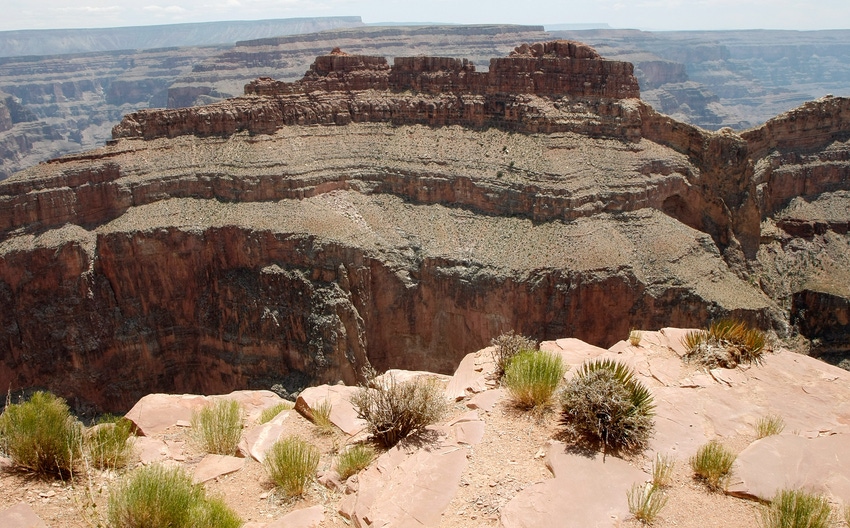The members will rappel over the canyon’s edge to remove hundreds of gallons of plastic bottles, bags, sunhats, coins and snack wrappers.

The Grand Canyon’s Preventive Search and Rescue Program (PSAR) is issuing a special-use permit to the Arizona Mountaineering Club (AMC) so that about 50 of its members can rappel over the canyon’s edge to remove hundreds of gallons of plastic bottles, bags, sunhats, coins and snack wrappers.
The AMC members will receive advance training and work in pairs or groups of three to remove waste from one 20-yard section at a time.
This cleanup effort has taken place for the last 25 years, but no one has kept official count of how much waste has actually been removed from the Grand Canyon. It’s estimated, however, that 300 gallons were removed from the site in 2016.
Sierra Club has more details:
Over a mid-September weekend, some of the most heavily used (and littered) portions of the Grand Canyon’s South Rim will get their annual tidy-up. But collecting trash from ledges that dangle some 5,000 feet over a massive hole in the earth is no task for your average sanitation crew. Instead, the park’s Preventive Search and Rescue Program (PSAR) will issue a special-use permit to the Arizona Mountaineering Club (AMC), about 50 of whose member-volunteers will rappel over the canyon’s edge to collect hundreds of gallons of plastic bottles, bags, sunhats, coins, and snack wrappers.
The cleanup does more than ameliorate a serious eyesore in an otherwise spectacular landscape. “Trash puts a [strain] on the natural environment that we really see on our wildlife. Specifically birds, but also megafauna like bighorn sheep and deer,” says Ben Cooper, who supervises Grand Canyon’s PSAR and also offers logistical support to AMC’s garbage roundup. With visitation at the park up 33 percent over the last three years, and hitting 6 million visitors in 2016, that strain is only fixing to get worse. With few skilled on-staff climbers and a stagnant budget, much of which goes toward educating tourists on safety and providing imperiled hikers with emergency services, Cooper says, “We need to engage our community partners” in the cleanup.
About the Author(s)
You May Also Like


